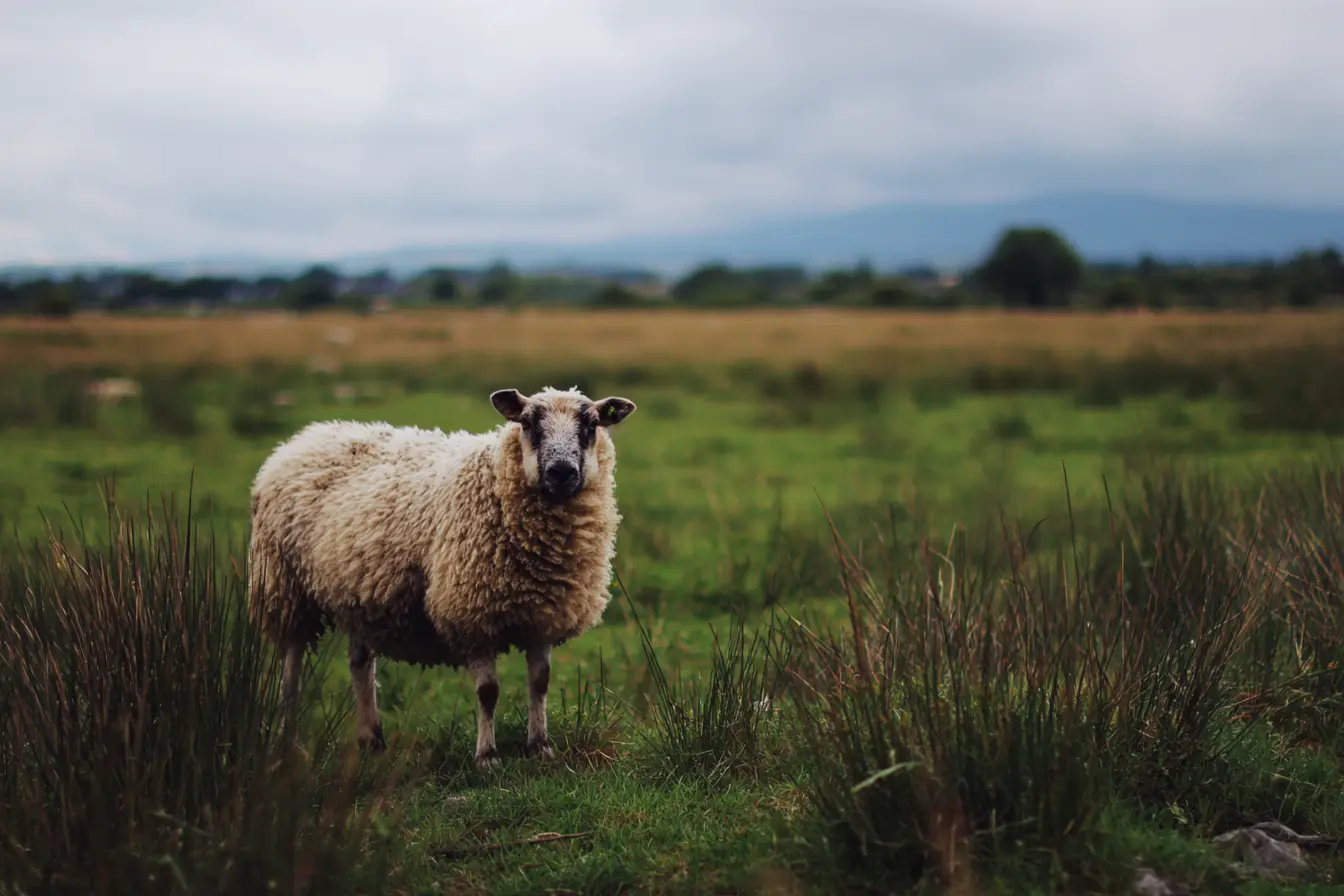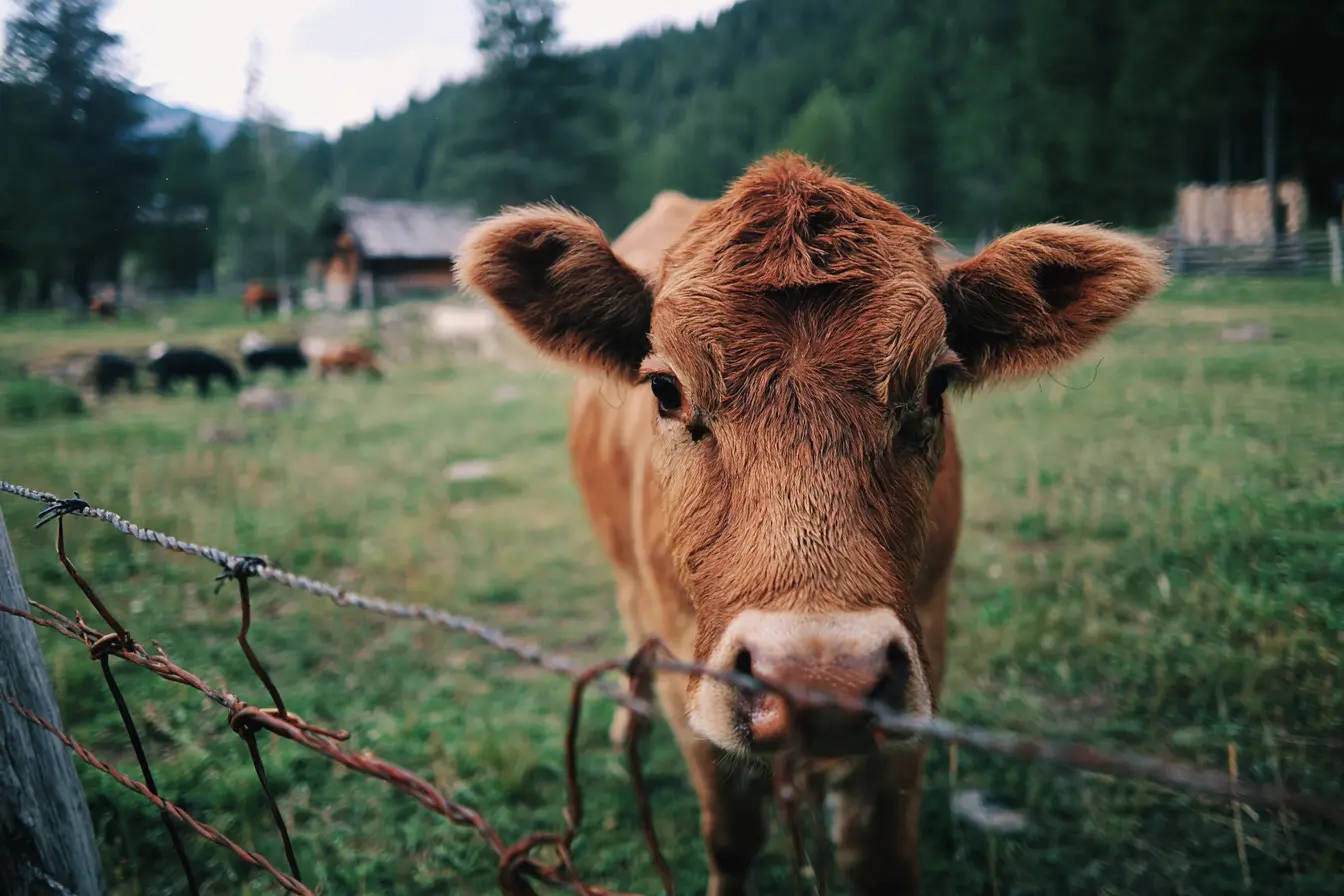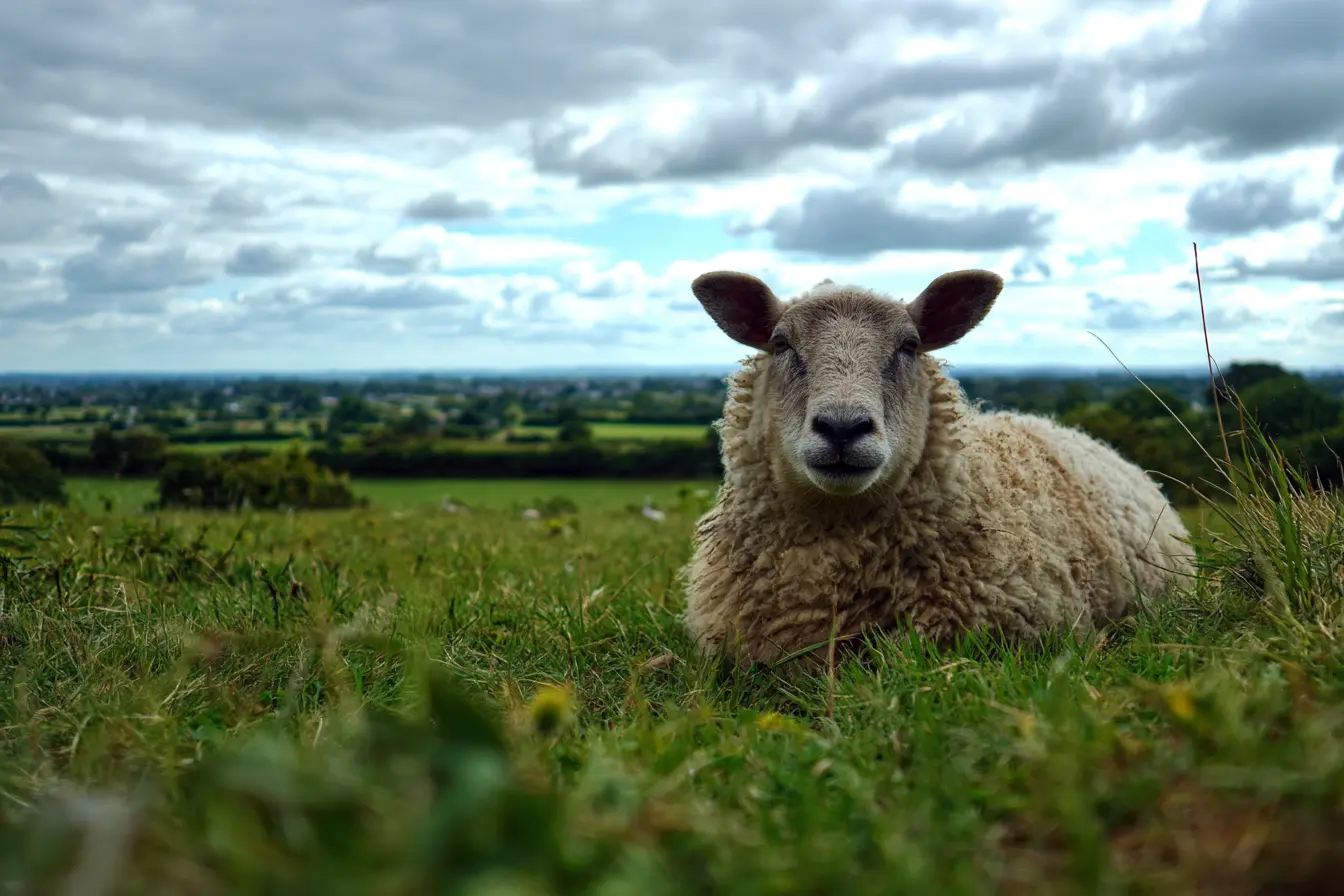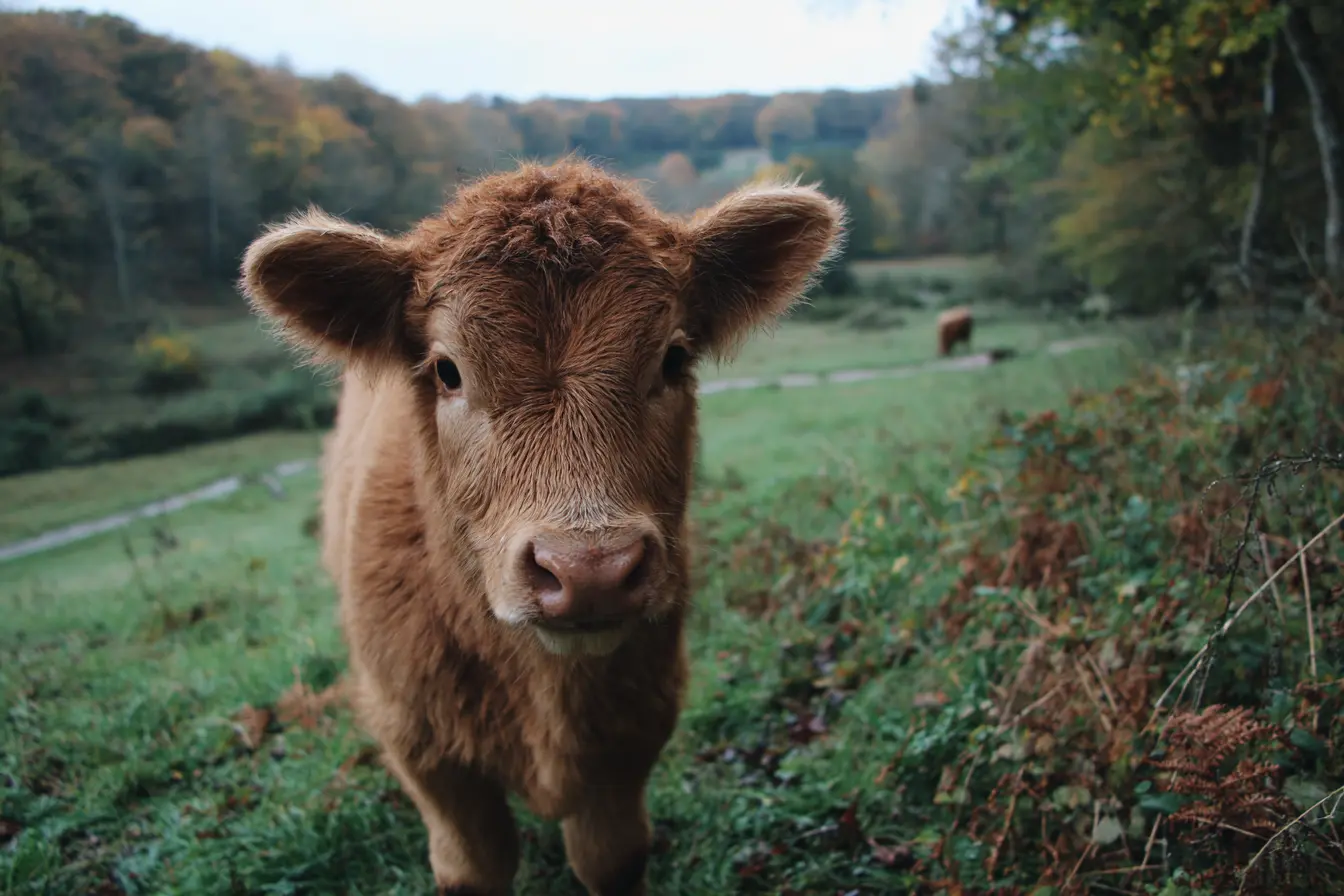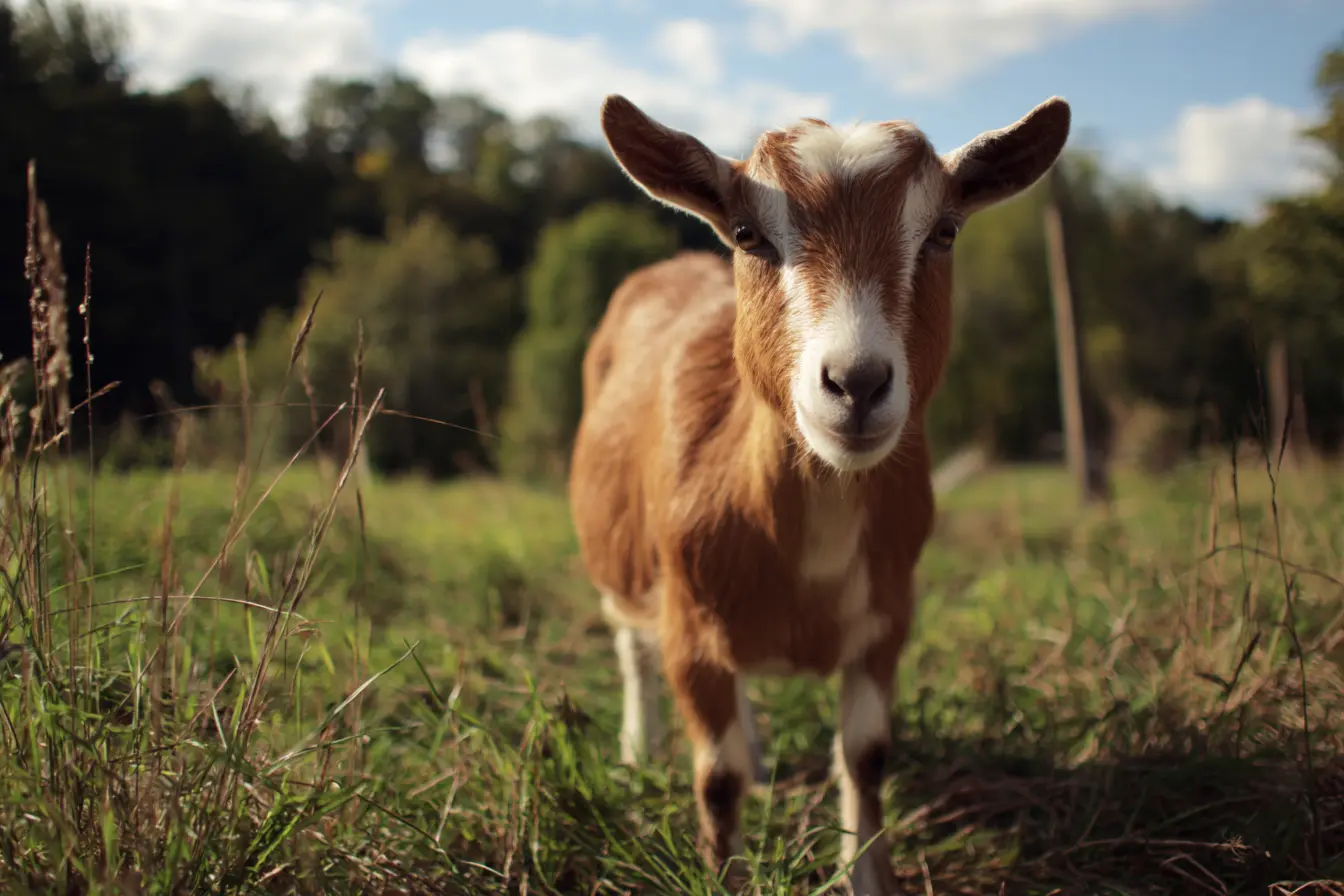
A Complete Guide to Breeding Polled Goats
Polled goats are goats that are naturally born without horns. Breeding for polled (hornless) goats can be a valuable strategy for farmers and smallholders who want to reduce the need for disbudding or dehorning, improve safety, and make herd management easier.
However, breeding polled goats must be done carefully and strategically because of the genetic risks associated with the polled trait particularly the risk of producing hermaphrodite offspring if two polled goats are mated together.
This guide explains everything you need to know about breeding polled goats in the UK including the genetics of the polled trait, the benefits and risks, breeding strategies, record keeping, and welfare considerations.
What Does Polled Mean?
- Polled goats are naturally hornless due to a dominant gene that prevents horn development.
- Horned goats carry the normal (recessive) gene that allows horns to develop.
- Scurred goats have small, irregular horn-like growths that are not fully attached to the skull. Scur formation is more common in males and can occur in both polled and horned lines.
Unlike disbudding, which removes horn buds shortly after birth, polled goats never develop horn buds at all.
Genetics of the Polled Trait
The polled gene (P) is dominant over the horned gene (p). This means:
- PP (homozygous polled): polled but carries risk of intersex/hermaphrodite condition.
- Pp (heterozygous polled): polled, no risk of intersex condition.
- pp (horned): horned.
Breeding two polled goats (Pp x Pp) can produce:
- 25% PP (polled, but high risk of being intersex/hermaphrodite).
- 50% Pp (polled).
- 25% pp (horned).
Intersex goats are usually infertile and may have ambiguous reproductive organs. This makes careful genetic planning essential when breeding for polled animals.
Benefits of Breeding Polled Goats
- Eliminates the need for disbudding: avoids the stress, pain, and veterinary cost of disbudding kids.
- Improved welfare: removes risks of horn-related injuries and stress caused by horn removal.
- Easier handling: hornless goats are safer and simpler to manage.
- Reduced housing and equipment damage: polled goats are less likely to get caught in fences or feeders.
- Lower risk of aggressive injuries: horns can cause serious wounds during fights or rough play.
Risks and Challenges
- Intersex risk: Mating two polled goats increases the chance of producing intersex kids (especially in dairy breeds).
- Limited genetic pool: Polled animals may be less common in some breeds, reducing selection choices.
- Scurs: Some polled goats, especially males, can develop scurs which need occasional trimming.
- Misidentification: Very small horn buds in young kids can be mistaken for scurs so careful checking is needed.
Breeding Strategy for Polled Goats
To breed for polled goats safely, follow these guidelines:
Avoid Polled-to-Polled Matings
- Never mate two polled goats together.
- This greatly reduces the risk of producing PP (homozygous polled) intersex kids.
Use Polled-to-Horned Pairings
- Always pair a polled goat (Pp) with a horned goat (pp).
- This results in approximately:
- 50% polled kids.
- 50% horned kids.
- No risk of intersex offspring.
Identify and Select Polled Kids Early
- Polled kids have flat, smooth skin where horn buds would normally be.
- Horned kids have small, raised horn buds that can be felt and seen from a few days old.
- Scurs may appear later and should not be confused with true horns.
Keep Detailed Breeding Records
- Record the horn status (polled or horned) of all breeding animals.
- Track which pairings produce polled kids.
- Mark polled animals clearly to avoid accidental polled-to-polled matings.
Gradual Selection
- Over several generations, gradually increase the proportion of polled animals while maintaining genetic diversity.
- Prioritise health, conformation, and production traits alongside the polled trait.
Welfare Considerations
- Breeding polled goats is widely considered a welfare-friendly strategy, as it removes the need for disbudding and reduces injury risk.
- Avoiding polled-to-polled matings protects welfare by preventing intersex births.
- Handle all kids gently during identification and selection to minimise stress.
- Consult your vet or a goat breeding advisor if unsure about managing polled genetics safely.
Breed Considerations
- The frequency of the polled gene varies between breeds.
- It is more common in some dairy breeds (like British Toggenburgs and Saanens) but rare in fibre or meat breeds.
- If polled stock is scarce in your chosen breed, consider introducing polled genetics gradually through outcrossing, while maintaining desirable breed traits.
Conclusion
Breeding polled goats can greatly improve safety, handling, and animal welfare on your farm or smallholding. However, because of the risk of intersex offspring when polled goats are bred together, it must be managed carefully.
By following a polled-to-horned mating strategy, keeping accurate breeding records, and gradually selecting for the polled trait, you can build a safe, healthy, and predominantly polled herd without compromising animal welfare or productivity.
Vets near you
Speciality vets
- Aquatics vet specialists
- Birds vet specialists
- Camelids vet specialists
- Cats vet specialists
- Cattle vet specialists
- Deer vet specialists
- Dogs vet specialists
- Equines vet specialists
- Exotic vet specialists
- Goats vet specialists
- Pigs vet specialists
- Poultry vet specialists
- Sheep vet specialists
- Small Mammals vet specialists
- Wild vet specialists
